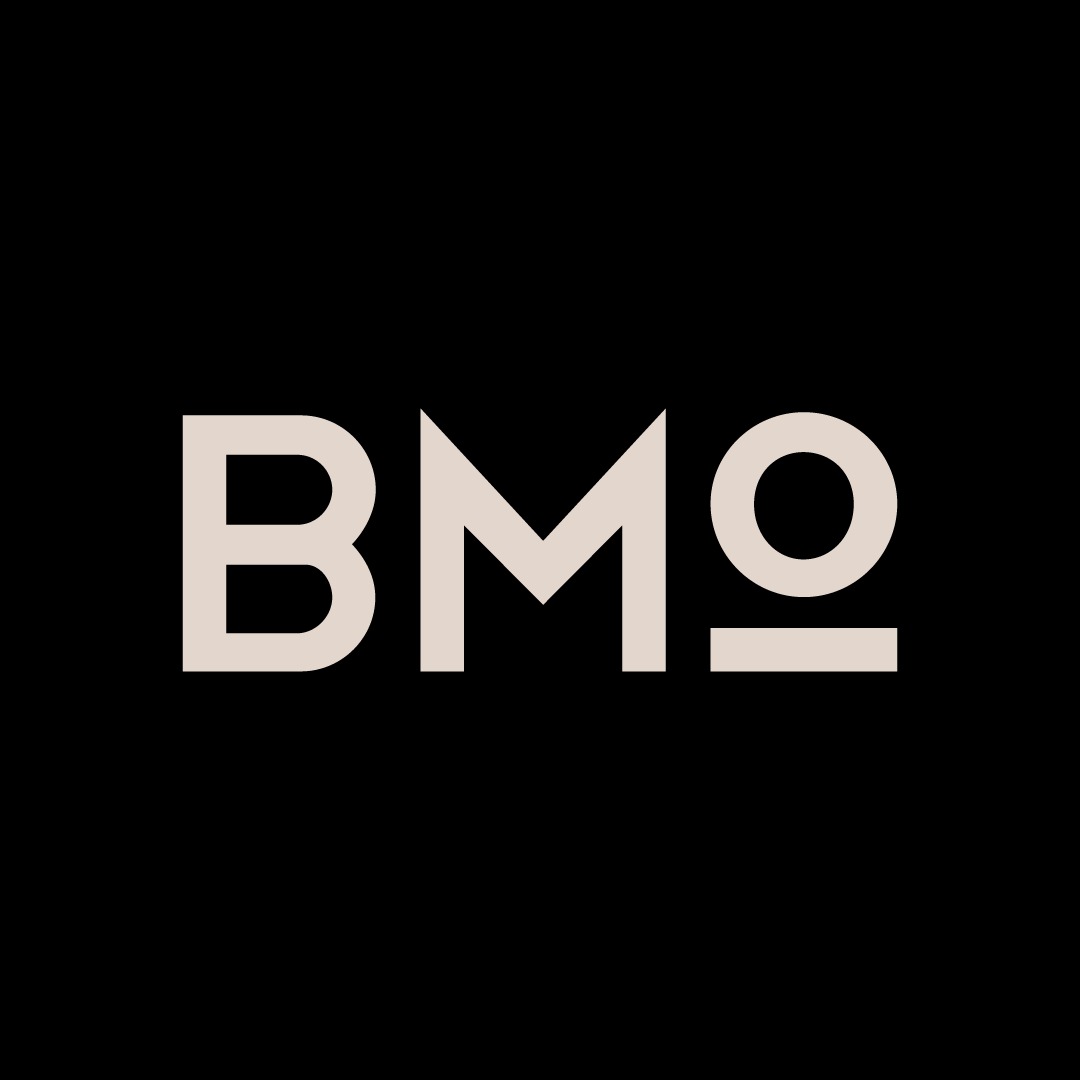Geraldo de Barros Brésilienne, 1923-1998
Geraldo de Barros was a Brazilian designer known for his innovative and influential work in the Brazilian modernist movement. Born in 1923 in Chavantes, in the state of São Paulo, he studied painting and sculpture before turning to design and photography.
During the 1940s, de Barros began working for the furniture company Unilabor, where he experimented with abstract and geometric shapes in furniture design. He became a leader of the Brazilian modernist movement, which aimed to create innovative and functional designs to meet the needs of rapidly changing Brazilian society.
In 1949, de Barros co-founded Grupo Ruptura, a collective of artists and designers who sought to break with traditional artistic conventions and explore new forms of expression. The group organized several important exhibitions, including the first exhibition of concrete art in Brazil in 1952.
In 1954, de Barros began to focus on photography, another field in which he experimented with abstract and geometric shapes. He created a series of photographs called "Fotoformas", which were photographic abstractions of geometric shapes and architectural motifs. The "Fotoformas" were exhibited at the São Paulo Biennale in 1957 and were highly appreciated for their innovation and beauty.
During the 1960s and 1970s, de Barros continued to experiment with photography and also worked as a graphic designer.
The importance of Geraldo de Barros in Brazilian modernist design lies in his ability to integrate the principles of the modernist movement in many different fields, including furniture design, photography and graphic design. Its innovative and functional designs have had a lasting influence on Brazilian design and continue to inspire designers around the world





